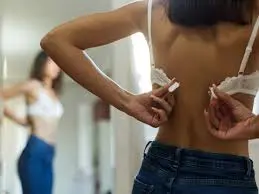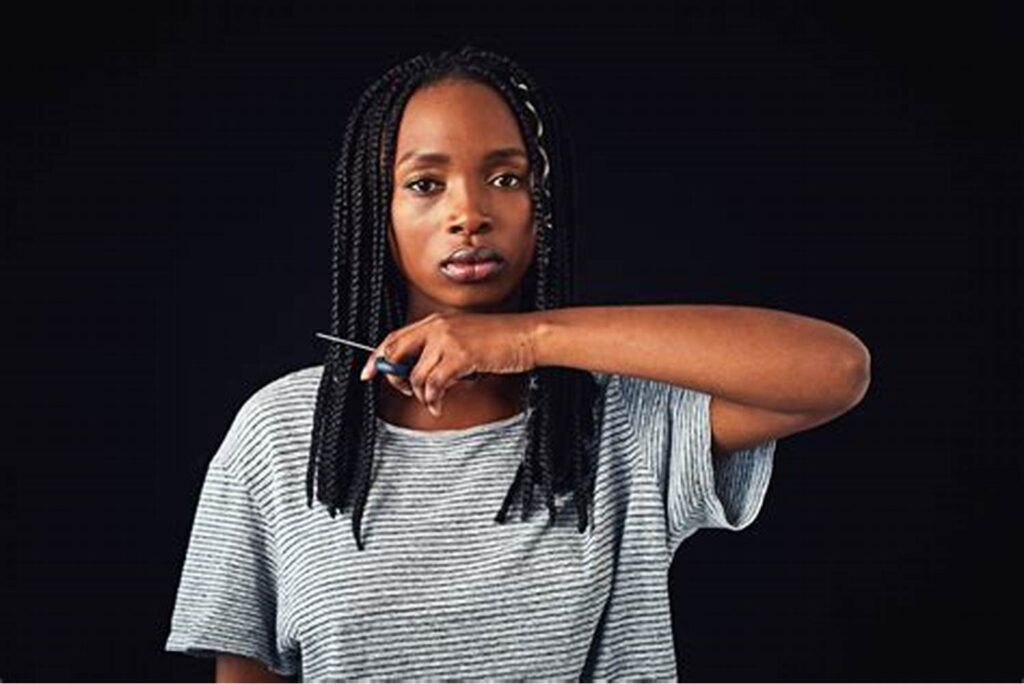
Natural hair has long been a symbol of pride, identity, and culture for many people, particularly women of color. Despite growing movements for inclusivity and diversity, natural hair—especially in professional settings—remains policed and stigmatized. From restrictive corporate dress codes to societal biases, the conversation around hair discrimination is far from over. This article explores why natural hairstyles, especially among women of color, still face discrimination, examining the historical, social, and cultural factors behind this issue.
Understanding the Significance of Natural Hair
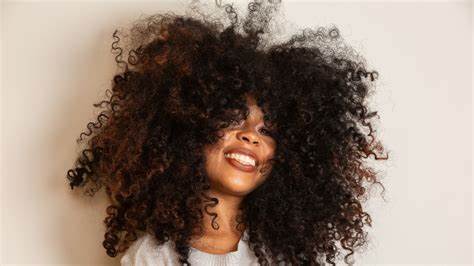
Natural Hair and Identity
Hair is more than just a physical characteristic—it’s a profound expression of identity. For many Black women, wearing their natural hair is a powerful act of self-love and reclaiming their heritage. Throughout history, hair has been a focal point in the struggle for self-acceptance and respect. Hair texture and style reflect cultural and familial roots, making it a deeply personal and significant aspect of identity.
However, despite the powerful symbolism behind it, natural hair often faces scrutiny in environments that value Eurocentric beauty standards. In recent years, many people, especially women of color, have embraced their natural hair textures. Being told their hair “isn’t professional” or “looks unkempt” implies that natural hair is inferior or disrespectable.
The Movement Toward Embracing Natural Hair
In recent years, a cultural shift has seen more people, especially women of color, embracing their natural hair textures. This movement—often referred to as the “Natural Hair Movement“—has sparked conversations about inclusivity and representation. From social media to fashion runways, natural hair is increasingly being celebrated as a form of individuality, beauty, and empowerment.
Yet, despite this growing visibility, natural hair is still often met with mixed reactions, particularly in professional environments.While acceptance of diverse hair types is growing, a shift in how we view hair at work is long overdue.
Hair Discrimination in the Workplace
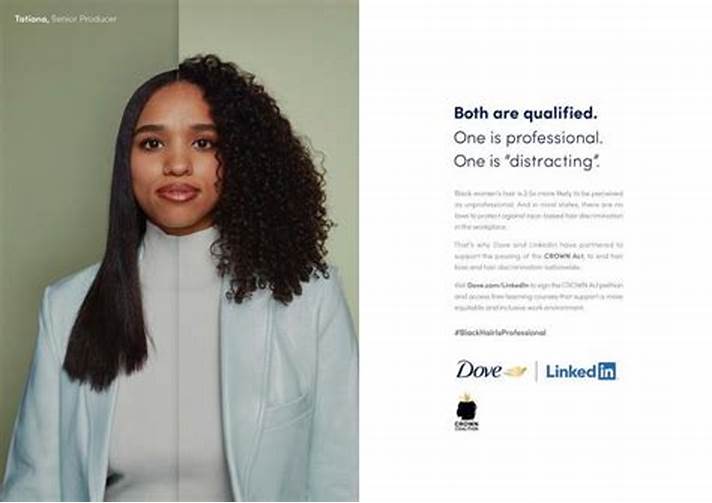
Corporate Policies and Dress Codes
Many workplaces have grooming policies that don’t ban natural hairstyles but use vague terms like “neat” or “well-groomed” instead. This allows for subjective interpretation, often leading to policies that favor straight hairstyles while discouraging curly or textured hair. In fields like law, finance, and hospitality, the “professional” look often means straight hair, excluding many employees, especially women of color.
In fact, it’s not just the literal policy that’s the issue—it’s also the broader, underlying cultural expectation. For many Black women, straightening or chemically treating their hair becomes an unspoken requirement for career advancement or job security.
High-Profile Cases of Hair Discrimination
Several high-profile legal cases have brought the issue of hair discrimination to light. One such example is the case of Chastity Jones, whose job offer was rescinded because she wore her hair in dreadlocks. This incident, along with others, sparked a wider conversation about how seemingly “neutral” dress codes can disproportionately affect Black employees.
In 2019, California became the first state to pass the CROWN Act, which stands for “Creating a Respectful and Open World for Natural Hair.” This landmark legislation aims to prevent discrimination based on natural hairstyles in workplaces and schools. Other states have followed suit, but many are still behind, and hair discrimination remains a widespread issue. While the CROWN Act is a key step forward, more work is needed to ensure its enforcement nationwide.
The Historical Roots of Hair Discrimination
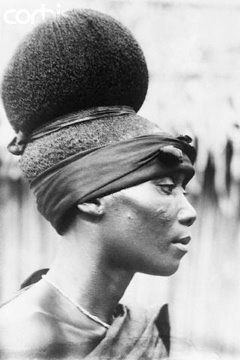
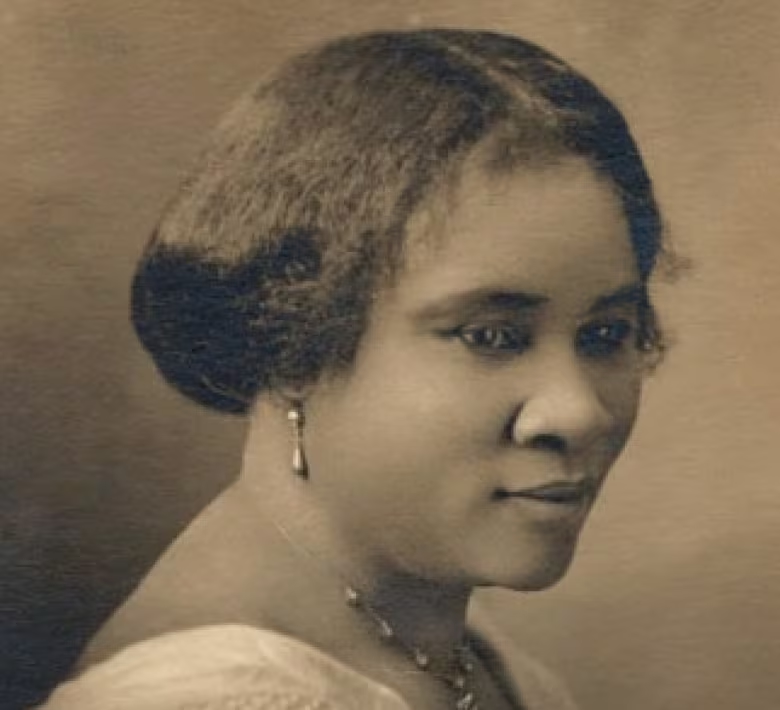
Colonialism and European Beauty Standards
The discrimination against natural hair is deeply rooted in colonial history. During Africa’s colonization and the enslavement of Black people, European beauty standards became ingrained in global culture. Straight hair was associated with civility and superiority, while kinky or curly hair was viewed as “uncivilized” or “rudimentary.” These ideals justified the enslavement of Africans and were also internalized by many worldwide.
This mindset persisted into the 20th century, seen in the popularity of hair straighteners, relaxers, and a preference for Eurocentric beauty ideals. The push for straight hair became a symbol of seeking acceptance in a society that often excluded people of color. It was a way of saying, “I want to fit in; I want to be accepted by the dominant culture.”
The Role of the Civil Rights Movement
In the 1960s and 1970s, the Civil Rights Movement and the Black Power Movement sparked a cultural shift toward embracing African heritage, including natural hairstyles. The Afro became a powerful symbol of resistance and pride in Black identity. Wearing an Afro was a bold statement, rejecting mainstream beauty standards and embracing a unique African aesthetic.
However, despite the strong cultural symbolism, the stigma around natural hair persisted, particularly in professional settings. The pressure to conform to straight-haired norms persists today, with natural hairstyles still seen as “unprofessional” in many workplaces.
The Impact of Hair Discrimination on Women of Color
The Psychological Toll
For many women of color, facing discrimination over their natural hair can be a deeply emotional experience. From a young age, Black girls may be told that their hair is “too wild” or “unmanageable.” These early experiences of hair-shaming can have a lasting impact on self-esteem and body image. When children are told their hair is “wrong” or “ugly,” it can lead to a lifetime of insecurity.
These psychological effects persist into adulthood, particularly in workplaces where women of color must choose between identity and success. Studies have shown that hair discrimination leads to anxiety, stress, and a diminished sense of self-worth. Many Black women feel pressured to straighten their hair at work, which is both emotionally and physically exhausting.
Economic Consequences
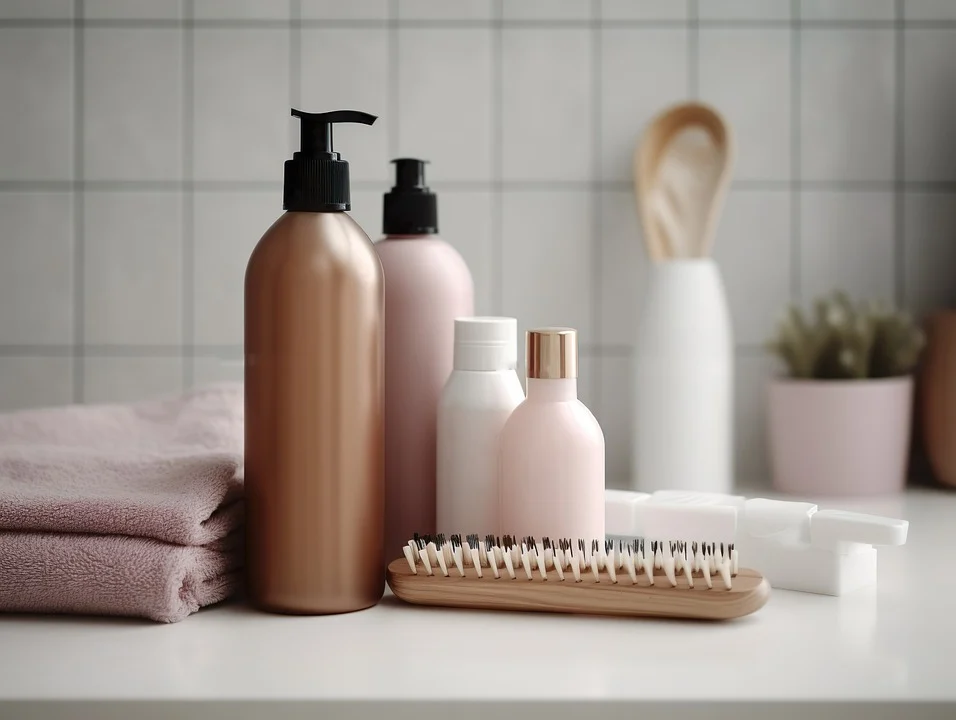
Hair discrimination also has economic consequences. Women of color, particularly Black women, often feel compelled to spend large amounts of money on hair straightening treatments or extensions to meet professional standards. These treatments can be expensive, time-consuming, and damaging to the hair in the long run. The financial burden of trying to fit into a Eurocentric beauty standard takes a toll on many individuals who are already navigating the systemic barriers of racial inequality in the workplace.
In some cases, individuals may even miss out on job opportunities or face career stagnation because of their natural hair. This perpetuates the cycle of inequality, where people of color have to work harder just to achieve the same level of success as their white counterparts.
Challenging the Status Quo: How Society Can Change
The Role of Employers and HR
Companies have an essential role to play in ending hair discrimination. By revising dress codes to be more inclusive and accepting of natural hairstyles, employers can foster a more diverse and supportive environment. Organizations that embrace diversity not only benefit from a more inclusive culture but also have access to a broader range of talent. When employees feel like they can show up as their true selves, they are more likely to be engaged, productive, and loyal.
Many companies, such as Auntie Anne’s and Ben & Jerry’s, have taken steps to address hair discrimination by implementing policies that encourage inclusivity. These actions help set a standard for others to follow, showing that embracing natural hair doesn’t take away from professionalism—it enhances the authenticity and diversity of the workplace. Companies that foster diversity can improve employee morale and attract a wider range of talent, creating a better work environment overall.
Encouraging Representation in Media
Representation in the media is also crucial for changing perceptions about natural hair. From film and television to advertising, seeing more Black women and individuals of color wearing their natural hair can help challenge long-standing stereotypes. The rise of natural hair influencers on platforms like Instagram and YouTube has already made a significant impact in promoting natural beauty. Influencers such as Misty Copeland, Solange Knowles, and Tessa Thompson have all used their public platforms to embrace their natural textures, influencing millions to do the same.
Additionally, brands like Fenty Beauty and Pantene have worked to showcase diverse models with natural hair textures, helping break down the notion that beauty standards must be uniform. By normalizing natural hair in mainstream media, these influential figures and companies contribute to dismantling the beauty standards that have long discriminated against textured hair.
Education and Awareness
Education is another critical piece in combating hair discrimination. Schools, workplaces, and communities need to educate people about the historical context and significance of natural hair. This can lead to more understanding and appreciation of diverse hair textures. In workplaces, this education might take the form of diversity training, open discussions, or workshops that allow people to learn about different cultures and traditions.
Initiatives like Natural Hair Days at workplaces or schools can help normalize natural hair and provide opportunities for people to celebrate their cultural heritage. By educating individuals on the cultural and personal significance of hair, we can begin to erase some of the harmful stereotypes that have been perpetuated over time.
Overcoming the Challenges: Empowering Women to Embrace Their Natural Hair
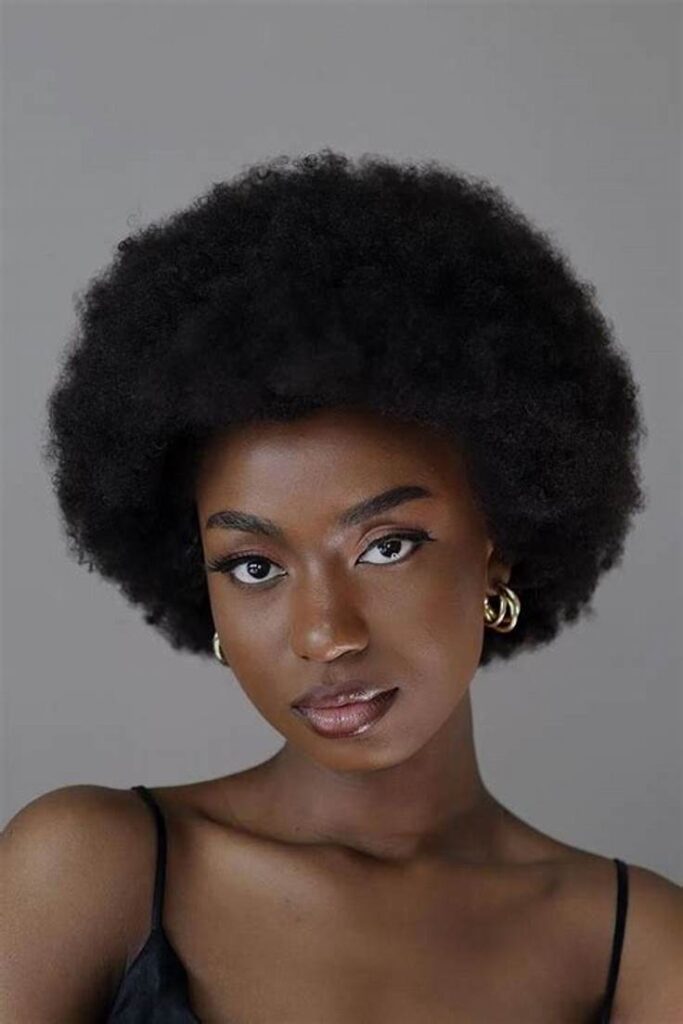
The Power of Self-Acceptance
One of the most empowering things women of color can do is to embrace their natural hair and wear it with pride. When individuals start seeing their natural beauty as something to be celebrated, rather than hidden, it can have a ripple effect on those around them. Each woman who chooses to wear her hair naturally challenges societal norms and contributes to breaking down harmful stereotypes.
This sense of pride and self-acceptance is contagious. Many women who once felt pressured to straighten or alter their hair are now finding power in wearing it naturally. These women become role models and advocates for younger generations, showing them that their beauty is valid just as it is.
Supporting the Natural Hair Community
The rise of online communities, forums, and social media platforms dedicated to natural hair care has created a supportive network for women of color. These spaces provide resources, inspiration, and solidarity for those navigating the challenges of natural hair in a world that often doesn’t understand or appreciate it. Social media platforms like Instagram and Pinterest are filled with tutorials, product recommendations, and hair care routines that empower women to care for and love their natural hair.
In addition, local communities and businesses are beginning to cater to the needs of those with natural hair, with salons offering specialized services for curly, coiled, and textured hair. The growth of this community shows that, as a society, we are slowly but surely moving toward a place of understanding and inclusivity.
Creating Safe Spaces in the Workplace
Employers can help create inclusive environments where employees feel safe expressing their identity—whether that’s through hairstyle or other forms of self-expression. Having open discussions about hair discrimination, diversity training, and creating support groups for employees can make a significant difference in creating a more accepting workplace culture.
Encouraging employees to embrace their cultural identity in the workplace can lead to better job satisfaction and higher retention rates, as employees feel valued for who they truly are.
The Future of Hair Discrimination: A Step Toward Inclusivity
Changing Legal Frameworks
As more states pass the CROWN Act and other anti-discrimination legislation, there’s hope that natural hair will no longer be seen as a “problem” in professional settings. The fight for acceptance isn’t over, but the legal framework is beginning to shift, and it’s clear that society is moving toward a more inclusive understanding of beauty.
Legal changes can enforce fairer standards in workplaces, allowing people to express themselves authentically without fear of judgment. With continued advocacy and awareness, we can expect more institutions to adapt their policies to embrace natural hair in the workplace.
The Role of Social Media and Activism
Social media has been a powerful tool in challenging beauty standards and promoting natural hair. Movements like #BlackAndBeautiful, #MyHairMyCrown, and #NaturalHairRevolution have sparked global conversations, normalizing natural hair in all spaces. Activists and influencers are leading the charge for change, amplifying the voices of those affected by hair discrimination.
You Might Also Be Interested…
- 5 Books to Aid Your Spiritual Growth: A Journey of Faith and Transformation
- Unveiling the Profound Differences Between the Old Testament and the New Testament
- The Evolution of Fashion Trends: A Look Back at the Last Decade
- Should Men Have a Say in Women’s Reproductive Rights?
Conclusion: The Journey Toward Acceptance
The journey toward full acceptance of natural hair in professional spaces is ongoing. While significant progress has been made through legislation, social media, and workplace reforms, there’s still work to be done. Discrimination based on natural hair touches on deeper issues of race, identity, and cultural expression. By raising awareness, challenging outdated norms, and celebrating diversity, we can create a world where natural hair is embraced.
FAQs
1. Why does natural hair face discrimination in the workplace?
Natural hair faces discrimination because of deeply ingrained societal and cultural biases that favor Eurocentric beauty standards. These biases are often reflected in workplace policies, dress codes, and general perceptions of professionalism.
2. What is the CROWN Act, and how does it address hair discrimination?
The CROWN Act (Creating a Respectful and Open World for Natural Hair) is a law designed to protect individuals from discrimination based on their natural hairstyles. It aims to make it illegal to discriminate against hairstyles like braids, locs, or afros in workplaces and schools.
3. How can employers promote inclusivity when it comes to natural hair?
Employers can promote inclusivity by revising dress codes to be more flexible, implementing diversity training, and fostering a workplace culture that celebrates different hair textures and styles.
4. Can natural hair impact someone’s career?
Yes, in some cases, women of color may face challenges in advancing their careers or even securing job opportunities if they choose to wear their natural hair. This can be due to biases and outdated beauty standards in many professional environments.
5. What are some ways to support the natural hair movement?
Supporting the natural hair movement can include embracing and celebrating your own natural hair, educating others about the cultural significance of different hairstyles, and advocating for policies that protect individuals from hair discrimination in schools and workplaces.
